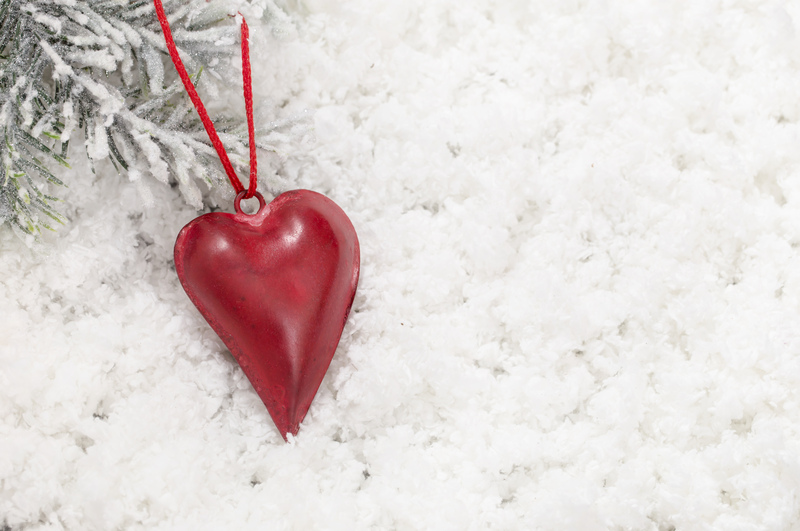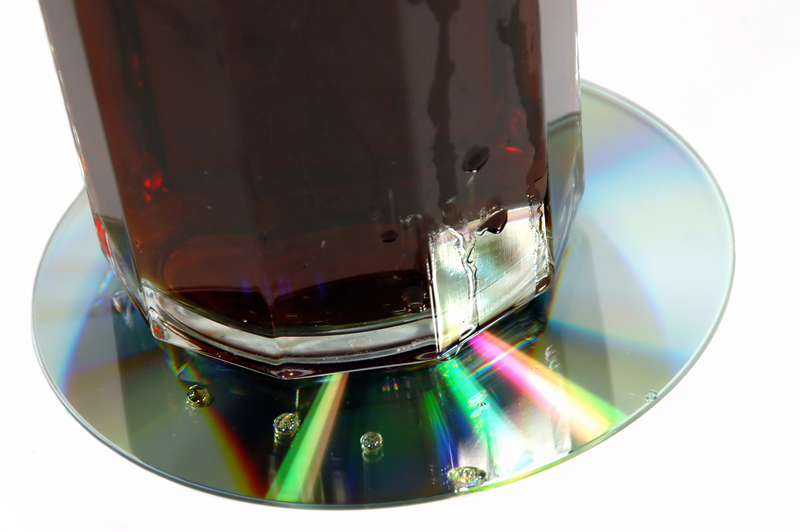Say Goodbye to Plant Pot Disposal Hassles
Are you tired of tripping over old plant pots cluttering up your shed or backyard? Whether you are an avid gardener or simply enjoy the occasional potted plant, you've probably found yourself wondering what to do with those empty containers after your plants outgrow them or fade away. The days of tossing heaps of plastic pots into the trash are coming to an end. It's time to embrace sustainable, innovative solutions that make plant pot disposal easy and eco-friendly. In this comprehensive guide, we'll show you how to say goodbye to plant pot disposal hassles once and for all.
Why Proper Plant Pot Disposal Matters
Plant pots might look harmless, but the environmental impact of tossing them in the garbage is significant. The majority of traditional plant pots are made from non-biodegradable plastics that linger in landfills for centuries. Inappropriate disposal not only contributes to pollution but also wastes resources that could otherwise be reused or recycled. As awareness grows about the importance of living sustainably, gardeners are increasingly seeking ways to responsibly manage their plant pot waste.
- Plastic Pollution: Single-use plastic pots often end up in landfills or waterways, threatening wildlife and polluting the environment.
- Resource Waste: Many pots are fully recyclable or reusable, but improper disposal means lost opportunities for sustainability.
- Clutter Problems: Old pots take up valuable space in homes, gardens, and community garbage facilities.
The Traditional Challenges of Plant Pot Disposal
For years, gardeners have faced a range of frustrations when trying to get rid of unwanted plant containers. The primary challenges include:
- Limited Curbside Recycling: Many municipal recycling programs do not accept plastic plant pots due to their material composition or the small amount of soil typically left inside.
- Confusion Over Materials: With plant pots available in various materials such as clay, terracotta, ceramic, and multiple types of plastics, it can be difficult to determine the correct disposal or recycling options for each.
- Sheer Volume: Seasoned gardeners accumulate lots of pots over time, especially after replanting or propagating.
- Lack of Upcycling Ideas: Not everyone knows how to repurpose or donate their unused pots.

Modern, Eco-Friendly Solutions for Plant Pot Disposal
Ready to declutter your garden and minimize your eco footprint? Here are the best methods for getting rid of old plant pots sustainably and hassle-free.
1. Participate in Plant Pot Recycling Programs
One of the most effective ways to handle unwanted plastic pots is through dedicated recycling programs. Many garden centers and nurseries recognize the challenge of disposing of plant pots and have partnered with recycling companies to offer drop-off points for plastic pots and trays.
- Major retailers like Home Depot, Lowe's, and local garden stores often have return bins for used plastic plant containers.
- Check with your neighborhood nursery or municipal recycling service for specific guidelines and participating locations.
- Be sure to clean your pots before recycling - most programs only accept containers free of soil and debris.
2. Reuse and Upcycle Your Old Plant Pots
Before you consider disposal, ask yourself if you or someone else can reuse the pots for their original purpose. Upcycling plant pots is not only environmentally friendly, but also adds a unique, creative touch to your garden or home.
- Start Seeds: Old pots are perfect for seed starting, gifting seedlings to friends, or growing kitchen herbs.
- Craft Projects: Get creative! Paint, decorate, or embellish old pots for use as pen holders, gift containers, or organizing tools around the house.
- Community Sharing: Many community gardens or school gardening programs eagerly accept donations of gently used pots.
- Trade with Neighbors: Organize a local "pot swap" event where gardeners can exchange sizes or styles as needed.
3. Choose Biodegradable or Eco Pots
Looking for a hassle-free plant pot disposal solution for the future? Consider switching to biodegradable pots. These innovative containers decompose naturally and can often be planted directly in the ground with the plant.
- Materials such as coir, peat, or compressed paper break down quickly and nourish the soil.
- Biodegradable pots eliminate worries about long-term waste and are ideal for eco-conscious gardeners.
4. Composting Ceramic and Terracotta Pots
While unglazed terracotta and clay pots are not biodegradable in the traditional sense, you can still dispose of them in an environmentally friendly way by breaking them up and adding them to your garden beds.
- Broken terracotta shards aid with drainage and aeration in flowerbeds and potted plant mixes.
- Use pieces as mulch or create landscape mosaics for a decorative touch.
5. Research Curbside Collection Options
Depending on your location, you might be able to recycle certain types of plastic pots through your city's curbside program. Always check their specific guidelines - look for resin code symbols (typically #2 or #5) on the bottom of the pots, as they are commonly accepted plastics.
- Clean the plant pots thoroughly before placing them in the recycling bin.
- Contact your waste management provider with any questions about accepted materials.
Tips for Reducing Plant Pot Accumulation
The easiest way to avoid the hassle of plant pot disposal is to reduce the number of pots you use in the first place. Here are some practical ways to limit clutter and waste:
- Buy Bare-Root Plants: Whenever possible, purchase bare-root plants that aren't sold in plastic pots.
- Participate in Pot Return Programs: Choose nurseries that offer a "take-back" service.
- Swap with Friends: Exchange pots with gardening friends rather than buying new ones for every plant.
- Opt for Larger Pots: Invest in fewer, larger pots to minimize turnover.
- DIY Solutions: Get creative by using household containers as planters, such as old buckets, baskets, or even reclaimed wood boxes.
The Rise of Plant Pot Recycling Initiatives
Environmental concerns paired with creative community action are leading cities around the world to launch innovative plant pot recycling programs. These initiatives are making it easier than ever for plant lovers to get rid of unwanted pots without adding to the landfill burden.
- Retailer Drop-Off: As discussed, many major retailers now offer collection points for plastic garden pots and trays.
- Community Collection Drives: Look out for seasonal recycling events organized by garden clubs or city governments.
- National Campaigns: Some countries are promoting nationwide pot return schemes for horticultural businesses and consumers.
Case Study: A Community Pot Swap Success
One suburb set up a biannual "pot swap day" at the local community center. Gardeners brought their excess pots, traded with others, and unclaimed pots were donated to schools and non-profits for their green projects. This initiative not only reduced waste but also brought gardening enthusiasts together, fostering a sense of community and shared sustainability goals.
How to Tell If a Plant Pot Is Recyclable
Not all plant pots are created equal - and not all are recyclable. Here are some tips to help make green choices every time:
- Check for Recycling Codes: The most widely accepted types for recycling are usually stamped with a #2 (HDPE) or #5 (PP) on the bottom.
- Clean Thoroughly: Remove all soil or plant matter to avoid contaminating the recycling stream.
- Ask Questions: When in doubt, ask your local garden center or municipality for advice.
Disposing of Large, Broken, or Non-Recyclable Pots
If you have large ceramic, concrete, metal, or pots that are badly broken, the simple recycling options may not work. Try these alternatives:
- Landscaping Use: Shatter large clay or ceramic pots and use them for garden bed drainage or as decorative mulch.
- Donation: Sometimes local artists, schools, or building projects can use large, unusual pots as materials.
- Construction Drop-Off: In some areas, concrete or stone pots can be recycled as aggregate--contact local waste or building material centers.
Special Case: Diseased Plant Pots
If you suspect a pot held diseased soil or plants, thoroughly wash and disinfect before recycling or reusing. This will prevent the spread of pests and plant diseases to new plants or gardens.

Frequently Asked Questions About Plant Pot Disposal
- Can you recycle all plastic plant pots?
Not all plastic pots are accepted by municipal recycling programs. Always check for recycling codes and look for specific collection options at local garden centers. - Can I put clay and terracotta pots in my compost?
Clay and terracotta pots do not break down like organic matter, but small pieces can be added to improve soil drainage and texture. - What about biodegradable pots?
Biodegradable pots, made from materials like coir, peat, or compostable resins, can often be planted directly or added to compost piles. - Are there creative ways to reuse plant pots?
Absolutely! Old pots make excellent organizers, DIY crafts, or can be offered to schools and community gardens for reuse.
Conclusion: A Greener, Cleaner Approach to Plant Pot Disposal
With sustainable solutions at your fingertips, plant pot disposal no longer needs to be a hassle. By recycling, reusing, and choosing better materials, you can help preserve the environment, support your community, and keep your gardening spaces neat and functional. The next time your plants need an upgrade, take a moment to plan for the responsible disposal of your old pots--and say goodbye to plant pot disposal hassles for good!
Looking for a local plant pot recycling program? Check with your city, favorite garden center, or online directories to find the best solution near you. Together, we can make gardening more sustainable and enjoyable for everyone.